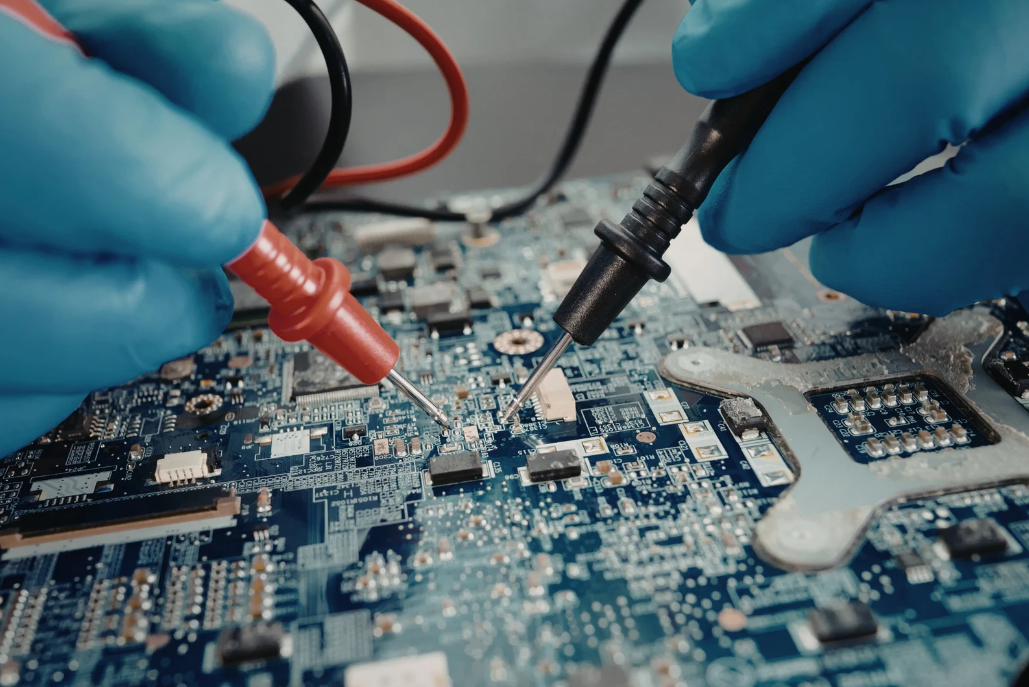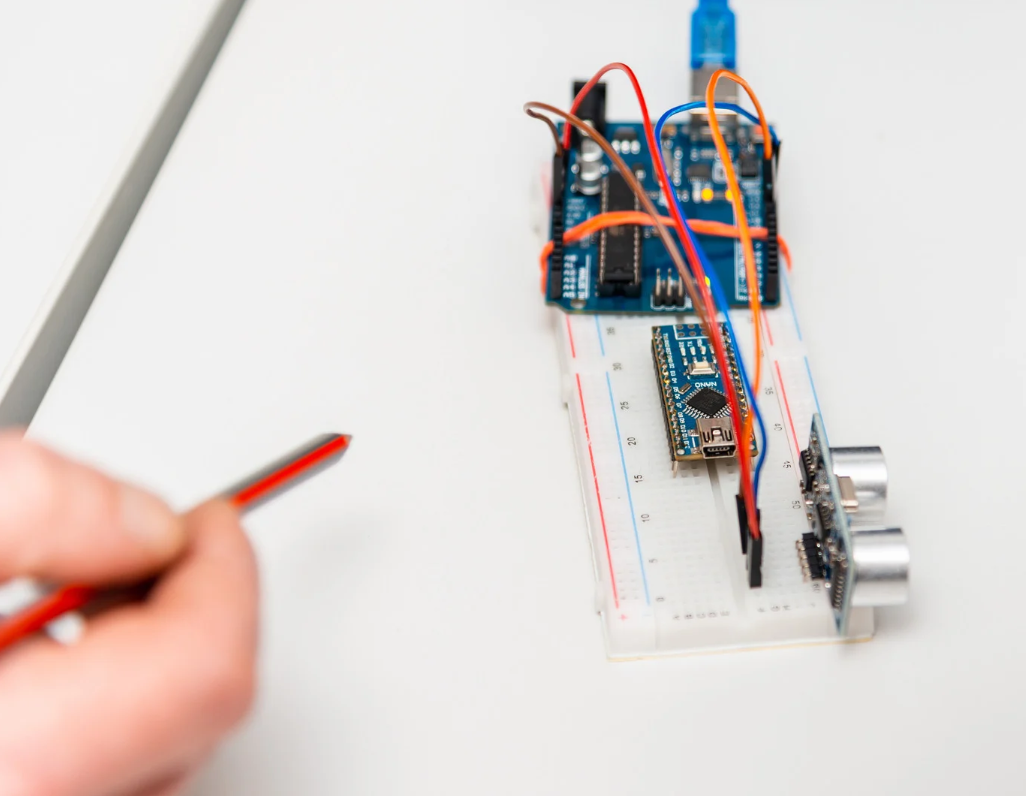In an era defined by the urgent need for sustainable energy solutions, researchers and engineers are constantly exploring novel technologies that can harness and regenerate energy from unconventional sources. One such technology is piezo bimorphs, a class of materials that possess the remarkable ability to convert mechanical energy into electrical energy and vice versa. With their diverse applications in energy harvesting and regeneration, piezo bimorphs are emerging as key players in the quest for a greener and more efficient future.
Understanding Piezo Bimorphs:
Piezo bimorphs are composite materials composed of two piezoelectric layers with opposite polarization, sandwiching a non-piezoelectric layer. This unique configuration allows them to generate an electric charge when subjected to mechanical stress, such as bending, stretching, or vibration. Conversely, when an electric field is applied, piezo bimorphs exhibit mechanical deformation, making them excellent transducers for energy conversion.
Energy Harvesting Potential:
Due to their ability to scavenge energy from a variety of sources in our environment, piezo bimorphs have enormous potential for energy harvesting. For instance, piezo bimorphs can be included into the structure of infrastructure systems like bridges, highways, and buildings to capture energy from vibrations brought on by traffic or natural forces. Similarly, in industrial settings, machines and equipment produce vibrations that can be effectively harvested using piezo bimorphs, thereby reducing energy consumption.
Furthermore, the ubiquitous presence of piezo bimorphs in wearable devices opens new avenues for energy harvesting. With the ability to convert mechanical movements or body heat into electrical energy, these materials can power electronic devices and sensors without relying on traditional batteries, enhancing user convenience, and reducing environmental impact.
Energy Regeneration Applications:
In addition to energy harvesting, piezo bimorphs also offer exciting possibilities for energy regeneration. One area of interest is self-powered sensors and wireless sensor networks. By integrating piezo bimorphs into sensors, the harvested energy can be used to recharge the device’s power source, eliminating the need for battery replacement or external power supply. This not only reduces maintenance efforts but also extends the lifetime of the sensors, making them ideal for remote or hard-to-reach locations.
Piezo bimorphs also show potential in the field of biomedical engineering. Implantable devices, such as pacemakers or insulin pumps, require a reliable power source. By utilizing the body’s own mechanical energy, piezo bimorphs can generate electricity from movements or muscle contractions, reducing the dependence on batteries and providing a sustainable solution for long-term medical implants.
Challenges and Future Directions
Despite their immense potential, piezo bimorphs face certain challenges that must be addressed for widespread adoption. One key challenge is optimizing the energy conversion efficiency, as piezo bimorphs typically exhibit relatively low conversion rates. Researchers are actively exploring techniques such as material engineering, novel device designs, and improved fabrication processes to enhance energy conversion efficiency.
Another area of research focuses on scalability and cost-effectiveness. While piezo bimorphs have shown promise in small-scale applications, scaling up the technology for larger infrastructure or industrial systems requires cost-effective manufacturing processes and durable materials that can withstand harsh environments.
Piezo bimorphs have emerged as an exciting and versatile technology for energy harvesting and regeneration. Their ability to convert mechanical energy into electrical energy and vice versa holds great promise for a wide range of applications, including infrastructure systems, wearable devices, and biomedical implants. As research and development continue, addressing challenges related to efficiency, scalability, and cost will unlock the full potential of piezo bimorphs, paving the way for a sustainable and energy-efficient future.
Are you ready to embrace the future of sustainable energy and be at the forefront of cutting-edge technology? Don’t miss the chance to explore the boundless possibilities of piezo bimorphs in energy harvesting and regeneration. Whether you’re looking to integrate these innovative materials into your infrastructure systems, wearable devices, or biomedical implants, our team of experts is here to guide you through the process. Contact us now at 1-650-375-7003 and take the first step towards a greener, more efficient, and self-sufficient tomorrow. Together, let’s shape a sustainable future powered by piezo bimorphs!



